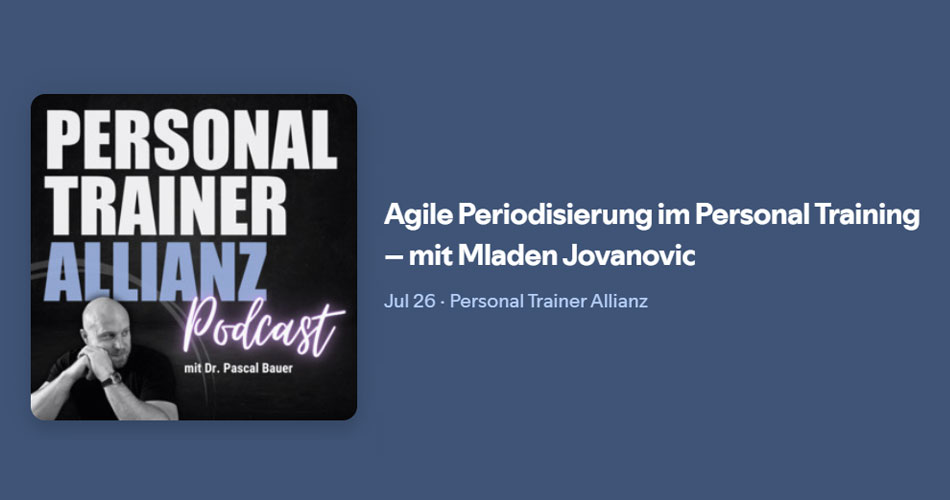Agile Periodization for Powerlifting – Reflections on Norman Cheung’s Video
I recently stumbled on a YouTube video by Norman Cheung, where he did a fantastic job outlining my concept of Agile Periodization in the context of powerlifting. As the person who originally developed this framework, it’s always interesting to see how others interpret it, and I have to say—Norman nailed the key points. You can watch his full video bellow.
Why I Created Agile Periodization
When I first started working with athletes, I was frustrated by how fragile traditional top-down planning was. You’d map out 12–16 weeks of training with carefully sequenced phases, only for real life to blow it apart:
- Athletes got sick or injured.
- Progress didn’t follow the “perfect” linear path.
- We ended up stuck with a program that no longer made sense.
I realized we were planning as if the future was predictable, when in reality, biology and life are not. That’s why I turned to Agile methods—borrowing from software development—because they embraced uncertainty and worked iteratively.
What Norman Got Right
In his video, Norman lays out the contrast between top-down periodization and the Agile approach.
- Traditional planning assumes consistency, predictability, and continuous progress.
- Agile Periodization flips the script: it starts with the present and adapts as things change.
- Instead of a rigid “hypertrophy → strength → peak” roadmap, the plan evolves week by week based on how the athlete is responding.
Hearing him explain this reminded me of countless moments I’ve had with athletes where a rigid plan would have failed, but Agile thinking kept progress moving.
The Principles That Matter Most to Me
Norman breaks down the five key principles—pragmatism, uncertainty, individuality, transference, and efficiency. For me, the most important are:
- Uncertainty: The future and human response are unpredictable. Pretending otherwise leads to wasted training time.
- Individuality: Even the same athlete won’t respond the same way twice. What worked last cycle might stall the next.
- Pragmatism: Forget theory if it doesn’t work in practice. What transfers best right now is what matters.
These principles grew out of trial and error with real athletes, not from textbooks.
Processes That Changed My Coaching
The parts Norman highlighted—Minimal Viable Programs, monitoring, collaboration—are the processes I’ve leaned on heavily.
- Start with a simple plan, test it, and adapt.
- Watch how fatigue and performance interact.
- Talk openly with athletes, because they know things you don’t.
Over time, short-term iterations create the long-term plan. That’s the essence of Agile.
My Takeaway Watching the Video
What struck me most was seeing someone else take this framework and apply it to powerlifting so clearly. Agile Periodization started for me as a way to deal with the messy realities of coaching, and seeing Norman share that message with lifters confirms it has a place across contexts.
If you’re still clinging to rigid 16-week plans, I’d encourage you to watch his video. It captures the spirit of what Agile Periodization is all about: coach the athlete in front of you, not the one you imagined months ago.
Watch the full video here:











Responses